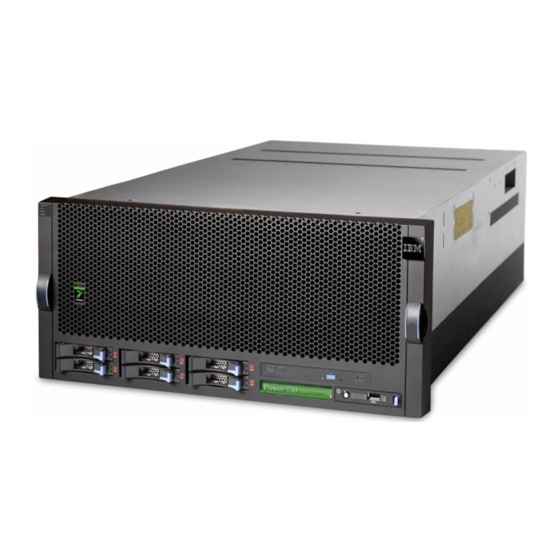
IBM Power 750 Technical Overview And Introduction
Hide thumbs
Also See for Power 750:
- Hardware announcement (86 pages) ,
- Hardware maintenance manual (508 pages) ,
- Manual (134 pages)
Table of Contents
Advertisement
Quick Links
IBM Power 750 and 760
Technical Overview and
Introduction
Features the 8408-E8D and 9109-RMD based
on the latest POWER7+ processor technology
Discusses the dual chip module
architecture
Describes the enhanced I/O
subsystem
ibm.com/redbooks
Front cover
Redpaper
James Cruickshank
Sorin Hanganu
Volker Haug
Stephen Lutz
John T Schmidt
Marco Vallone
Advertisement
Table of Contents










Need help?
Do you have a question about the Power 750 and is the answer not in the manual?
Questions and answers